$USDC $DAI #Stablecoins #DigitalFinance #CryptoRegulation #CrossBorder #InternetOfValue #GlobalEconomy #CryptoPolicy #BlockchainInnovation #PatrickHansen #Circle
Why Should You Care About Global Stablecoin Alignment? Unlocking the Internet of Value!
In today’s financial landscape, the latest merz news highlights the importance of stablecoins as they emerge as the fastest-growing segment of digital finance. Patrick Hansen, Senior Director of Strategy & Policy at Circle, emphasizes a crucial aspect: for stablecoins to reach their full potential, regulatory frameworks must evolve. This evolution requires regulators to align their approaches to match the borderless nature of these digital currencies with collaborative cross-border efforts.
Stablecoins are designed to maintain their value, often pegged to fiat currencies, which makes them attractive for various applications, including remittances, payments, and decentralized finance (DeFi) transactions. However, the lack of a cohesive regulatory framework across jurisdictions poses significant challenges. Different countries have varying approaches to regulating cryptocurrencies, which can create friction and hinder the seamless operation of these digital assets.
The Need for Cross-Border Collaboration
To truly harness the power of stablecoins, we must recognize the necessity of cross-border collaboration among regulators. Hansen argues that without a unified regulatory approach, the potential of stablecoins to facilitate international transactions and create a robust Internet of Value will be stunted. The traditional financial system has long suffered from inefficiencies and high costs associated with cross-border payments. Stablecoins present an opportunity to streamline these processes, but they require regulatory clarity and cooperation to thrive.
Moreover, the geopolitical landscape adds another layer of complexity. Countries around the world are vying for a competitive edge in the digital finance space. As stablecoins continue to gain traction, regulators must find a way to balance innovation with consumer protection, ensuring that digital currencies do not become tools for illicit activities. This challenge necessitates a dialogue between nations to create standards that promote security while fostering innovation.
Unlocking Opportunities in the Global Economy
The benefits of stablecoins extend beyond mere convenience; they have the potential to revolutionize the global economy. With their ability to facilitate fast, low-cost transactions, stablecoins can empower individuals and businesses in regions with limited access to traditional banking services. For instance, in developing economies, stablecoins can provide a more stable financial alternative, enabling people to save and transact without the volatility often associated with cryptocurrencies.
However, to realize these opportunities, alignment among regulators is imperative. This involves not only creating frameworks that support the growth of stablecoins but also addressing concerns surrounding privacy, security, and financial stability. Regulatory bodies must work together to establish guidelines that promote trust and reliability in the use of stablecoins.
Conclusion: A Call to Action
As the digital finance landscape continues to evolve, the onus is on regulators, industry leaders, and stakeholders to collaborate in shaping a future where stablecoins can thrive. By aligning their approaches, they can unlock the full potential of the Internet of Value, paving the way for a more inclusive and efficient global economy.
For those interested in staying informed about developments in the crypto space, consider exploring relevant articles. Additionally, if you are looking to engage with stablecoins directly, platforms like Binance offer various options for trading and utilizing these digital assets.


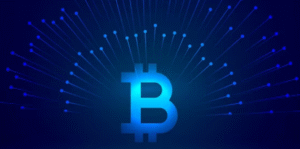
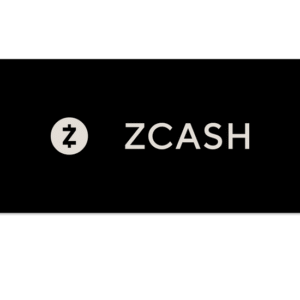


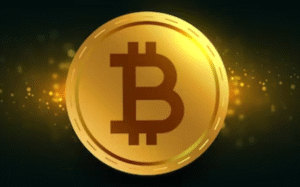

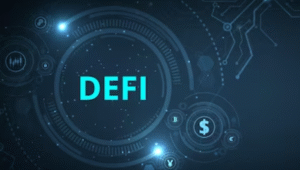
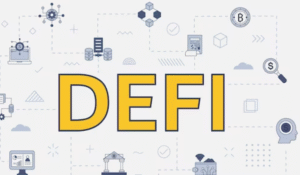
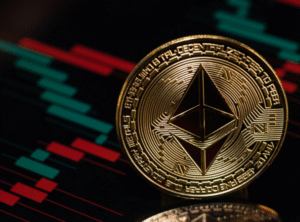
Comments are closed.